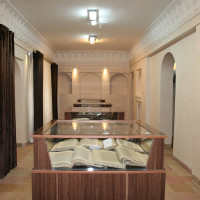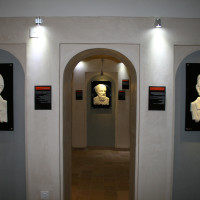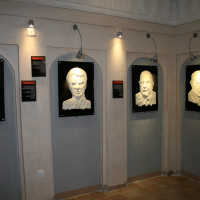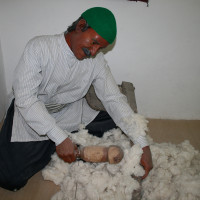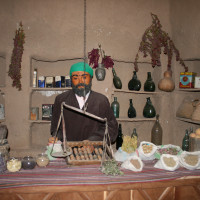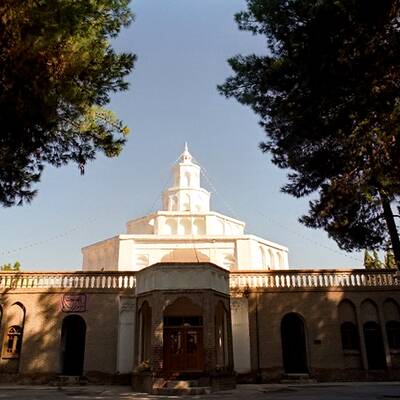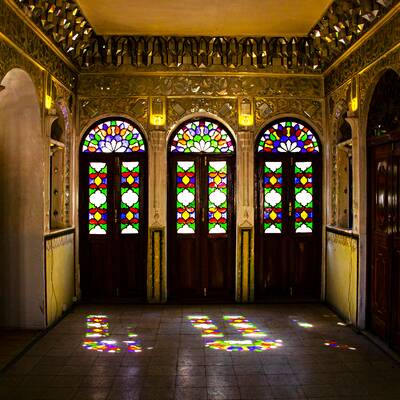
Collaborative Ethnography Museum of Birjand
Collaborative Ethnography Museum of Birjand was established in 1391 SH inside the historical house of Etemadnia. The reason for calling it Collaborative is that the people and private section supported its establishment and its founder is Ahmad Ali Sadeqi Khorashad. The building is located in the old and historical texture of Birjand and is related to Qajar period.
The architectural principles of the desert regions of Iran and the beliefs of people like the internal and external houses (Androuni and Birouni) and not overlooking the surrounding houses were considered in the construction of the house. The decorations are tiles and bricks and it has a beautiful pooled courtyard. Ethnography can be defined as the process of studying people as the creator of society.
Ethnography pays more attention to the physical features, industrial techniques, values and principles that distinguish society from all other societies that are related to another tradition. The striking point about ethnography museum is the opportunity of education and perception of a physical context that is created using different elements. The culture of tribes and the lifestyle of local people in the past are narrated in the museum of ethnography. Some materials related to the past of the region or other regions of Iran are kept in a different section of Collaborative Ethnography Museum of Birjand.
Interesting among the objects of this museum are traditional and local clothes, hats decorated with coins, old rugs, manuscripts, kitchen wares like copper bowl and plate, stone pot, pottery wares, charcoal samovar and old ovens. In addition, some items related to specific jobs among which a tool named Vaknok in interesting. It was a tool used in the handicrafts of Male Bafi; Male Bafi is among the specific arts of South Khorasan and it is, in fact, yellow cotton that is turned into a thread yarn after some technical phases. Male means “a kind of Yellow cotton” and Bafi means “weaving”.
Some fabrics are produced by this thread that are in earth color and used for making payer mat, tablecloth, veil and many more. Khusf city in South Khorasan province is the protector of this old Persian art and Male Bafi has been registered on the list of Iran Spiritual Heritages with the name of this city.
